As I cycle down Joynton Avenue from Bourke Street, I spot some freshly painted green cycle lanes – the nicest I have seen in Sydney. Concrete and cranes fill the skyline. There are not many people around, a few couples and families walking to and from the newly opened Gunyama Park Aquatic Centre with wet hair and damp towels. I see a building marked ‘Banga Shed’, in front of a grassy park. Then, the sweeping arches of Joynton Avenue Creative Centre.
The first workshop of the Green Square Civic Ecologies project takes place under the arches. The project – led by Ilaria Vanni and Alexandra Crosby – guides people to look at activities and practices that bring together care for place and community and for the environment. It sits within the Mapping Edges research practice where Alexandra and Ilaria study the relationships between plants and people and what it tells us about the past, present, and future of the urban environment.
It is an important consideration in Green Square, one of the largest urban regeneration projects in Australia, and soon be home to over 61,000 people. Amidst all the construction and apartment blocks, is Joynton Avenue Creative Centre. It houses 107 Projects (a creative community centre and venue), The Rizzeria (a volunteer-run, not-for-profit printmaking co-op), and The Bench (a jewellery school). The building was formerly Esme Cahill nurses’ quarters and opens out onto Matron Ruby Grant Park named after the 20-year matron at the hospital. Along the edge of the park is a verge of Eastern Suburbs Banksia Scrub, a threatened species. Opposite Joynton is the Banga Community Shed, a former pathology building that currently houses the Bower Reuse and Repair Centre. Banga means ‘make’ or ‘do’ in the Sydney Aboriginal language. This small patch in Green Square can already tell us a lot about the past present and future of this urban environment. The exterior canopy of Joynton extends out over a patio like an invitation. Even though it is a bit breezy, it is an appropriate place for the workshop, we set up here.
A family (a young couple and young child) linger on the edges of the workshop, watching us. One of the participants, a young man (who has come with his mother, wife, and 6-month-old daughter) says to Ali: ‘I think they want to join’. Then turns and beckons to them excitedly: ‘You should come join’.
The workshop is about sharing and exchanging seeds and knowledge. Ali and Ilaria talk about the variety of native plants and seeds they have been collecting including Valeranella seeds, kangaroo grass, and banksia. They encourage others to pass around the plants and seeds, examine them, and take some seeds home in a paper bag. Ilaria also demonstrates how to prepare tomato seeds for planting. Everyone at the table listens intently; one woman takes notes. As we pass around the seeds and dried plants, people become quite animated. The atmosphere feels friendly and warm. Between the participants, there are varying degrees of familiarity with the seeds and practices that Ilaria and Ali discuss.
Thirteen of us sit around two tables in the courtyard. There are a few families – the age of participants ages ranges from seven months to seventy years. One woman leans forward in her seat to hear Ali and Ilaria speaking. She nods emphatically, often repeating some of their words or adding her own comments. When handed a piece of kangaroo grass, she says: ‘This is beautiful, look, they go with the wind. Look at the colour, the green, the hues. If there was an artist here, they would draw this’. She treats all the branches and seeds with great care, delicately turning them over and looking closely at them. When Ilaria takes out a Royal Poinciana, she immediately says ‘flame of the forest’. She remarks: ‘You have a good collection.’ The woman (who has come with her son, his wife, and their baby) is flying back to Perth tomorrow where she lives. This is one of the last things they do together as a family.
In snippets of conversation, we hear about how people care for the environment around them. One woman talks about the planter box on her balcony at home, which is unfortunately very popular with local possums. She is curious about allotments and community gardens but does not know where or how to find one. Another woman talks about how much she loves sunflowers. They have a lot of space to grow them but no one to garden as everyone in her household is working. A young father, who is carrying his six-month-old daughter in a baby carrier talks animatedly about how she will help him to water plants or perhaps just pull them out. The conversations that unfold speak to shared desire to tend to the plants and the ecosystems around them, but also reveal a disconnect between this desire and the practice, as other pressures – time, work, and space – get in the way.
As we clean up at the end of the workshop, we sweep most of the dried plants and seeds into paper bags. When the table is clear, Ali and Ilaria carry it over to the grass of Matron Ruby Grant park and tip off all the remaining seeds. The next workshop, seed balling the preserved seeds, is in September. I look forward to seeing what grows.
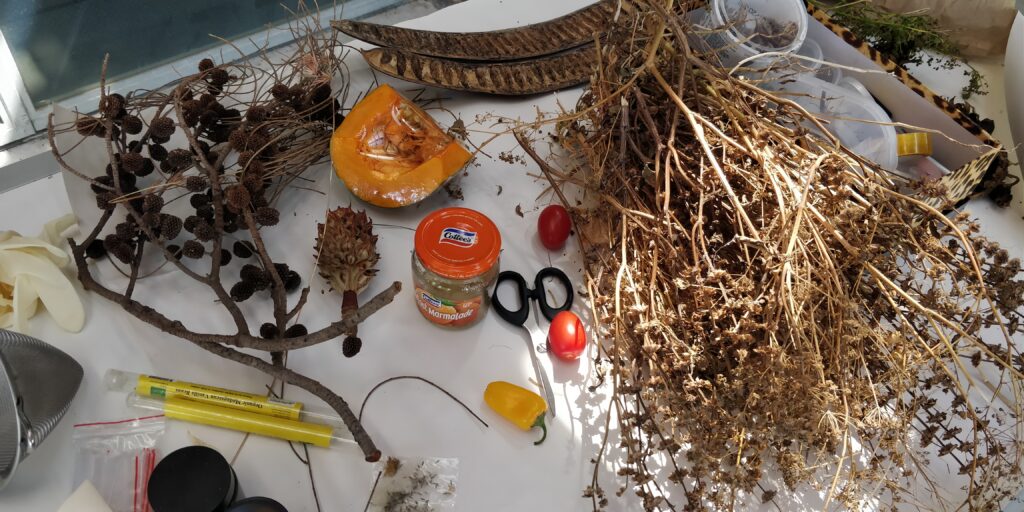

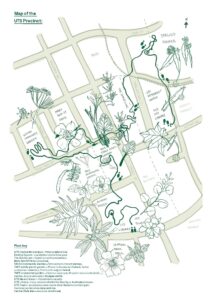
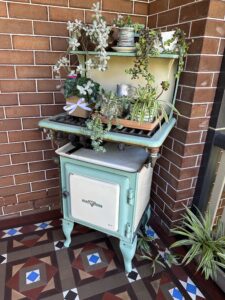
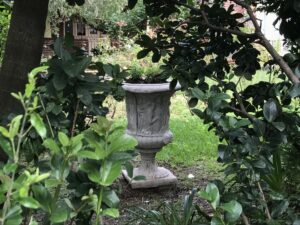
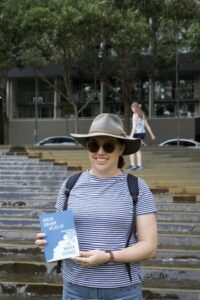
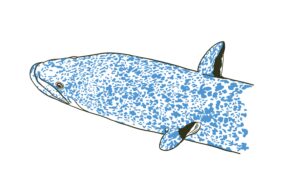
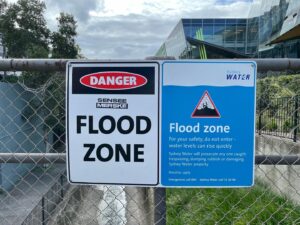
0 Comments